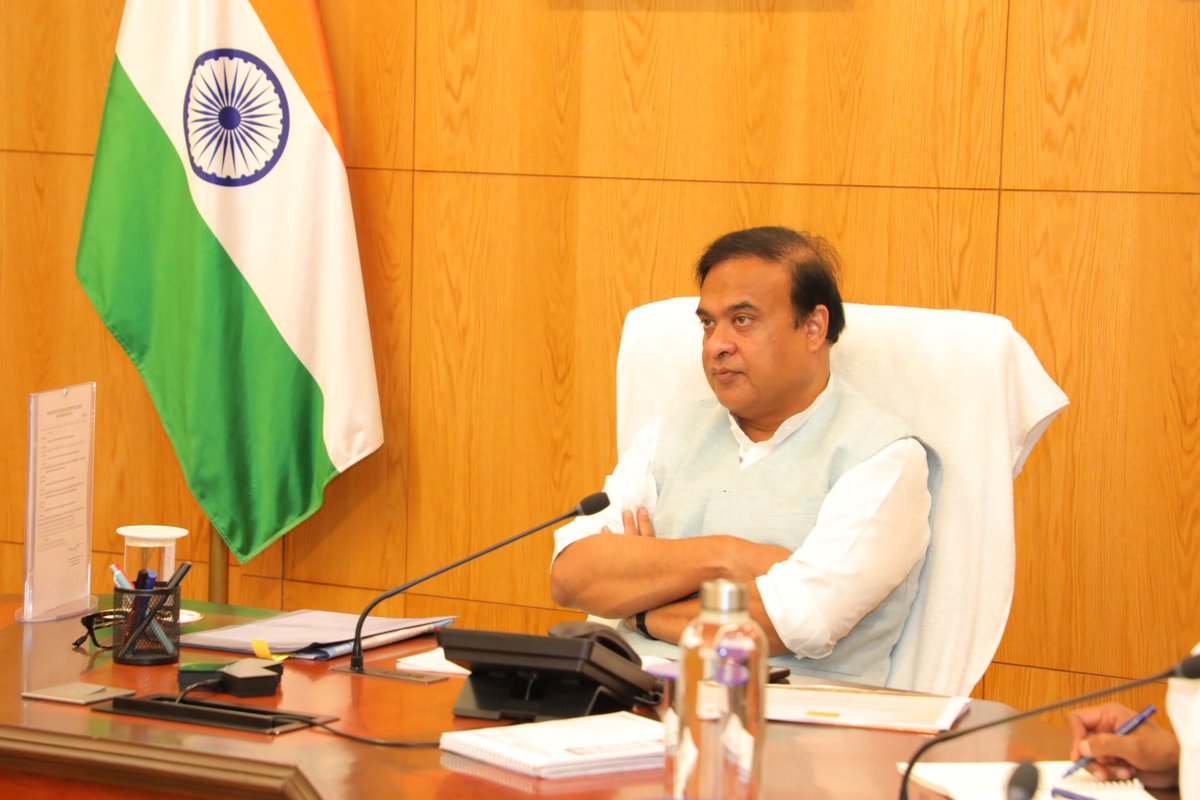
Cabinet Approves 'Aggressive' Thermal Power Policy; Offers Free Land and State Equity

 :
| Updated On: 06-May-2025 @ 3:25 pm
:
| Updated On: 06-May-2025 @ 3:25 pmSHARE
Assam's energy demand is projected to rise significantly in the coming years, prompting the state government to position Assam as a regional hub for thermal power generation. On Monday night, the Assam Cabinet approved the Assam Thermal Power Generation Product Promotion Policy 2025, designed to attract large-scale investments in the thermal power sector. Chief Minister Himanta Biswa Sarma explained that the policy is a response to the state's rapidly growing power needs, which are expected to reach 5,000 MW by 2032, with an annual increase of 1,000 MW.
To address this demand, the state government is implementing an aggressive thermal power policy. This includes offering free land, water, and road infrastructure to companies willing to set up thermal power plants in Assam. The government intends to purchase electricity from these plants through a tender process. Once the state's power requirements are met, the remaining electricity can be sold to neighboring states, such as West Bengal, or exported to countries like Bhutan and Nepal. Chief Minister Sarma emphasized that the goal is to create a thermal power generation hub not only for Assam but for the entire northeastern region.
The policy also includes provisions for government equity participation of up to 27% in proposed power plants. This initiative is designed to make investments in Assam's thermal power sector more attractive and viable. Sarma noted that the state would step in if companies face difficulties in securing loans from banks, as demonstrated with the Namrup Fertilizer Plant, where the government took a 40% stake to ensure the project's success.
Several potential sites for thermal plants have already been identified, including locations in Rupsi (Kokrajhar) and Sapor (Goalpara). The Chief Minister mentioned that about six to seven locations are being considered, with each mega thermal plant requiring around 3,000 bighas of land. To generate 1,800 MW of power, an investment of approximately ₹20,000 crore would be needed. The government is working on preparing these sites for large-scale power generation projects.
The thermal plants will primarily run on coal. Sarma confirmed that the state is in discussions with the central government to secure coal from mines in Jharkhand and West Bengal, as Assam's own coal reserves, such as those in Margherita, are insufficient for large-scale thermal power generation. The Chief Minister also addressed concerns about the possibility of pursuing hydroelectric power instead. He explained that Assam's geographical characteristics make hydroelectric projects less feasible. The Brahmaputra River in Assam is relatively flat, unlike rivers in Arunachal Pradesh and Bhutan, which have natural elevations that are more suitable for hydroelectric generation. While Assam already operates hydro plants in Kopili and Karbi Langpi, scaling hydroelectric power generation in the state is not a viable option.
This comprehensive plan and the major incentives offered under the policy demonstrate the state government's serious intent to position Assam as a key player in the thermal energy sector. By attracting investments in thermal power generation, the government aims not only to meet Assam's growing energy needs but also to contribute to the economic growth of the wider northeastern region. With the support of a robust policy framework, Assam is poised to become a regional leader in thermal energy, helping to power the future of both the state and the region.